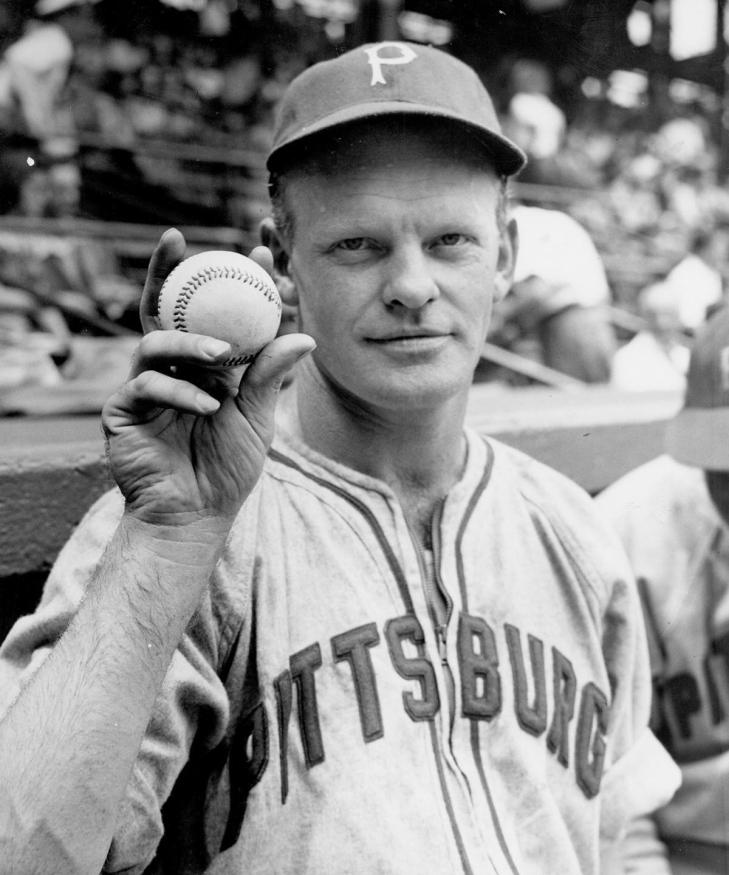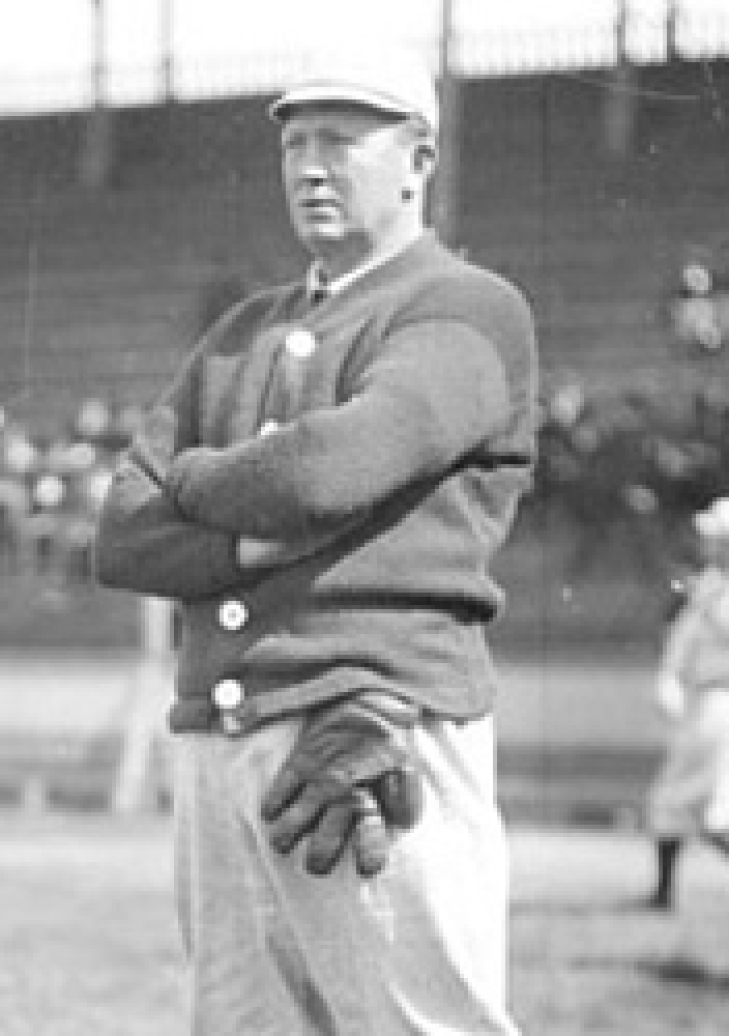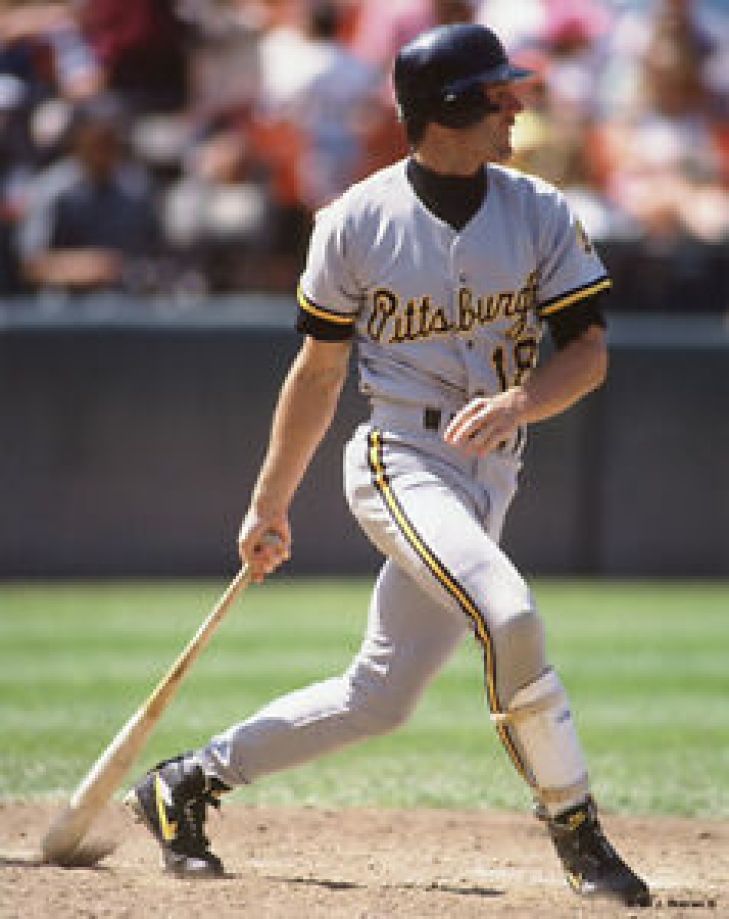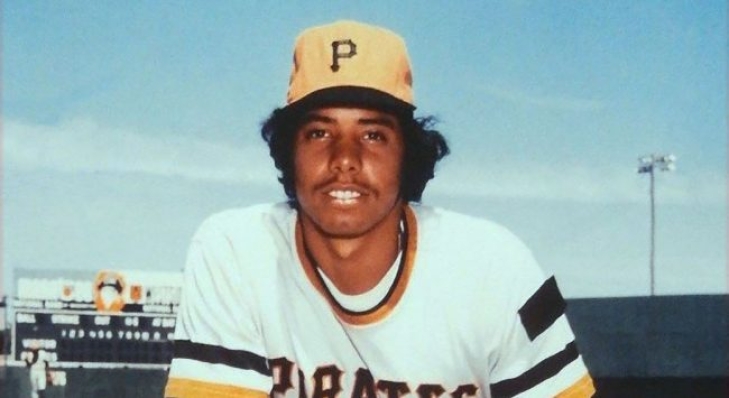
Committee Chairman
27. Rip Sewell
Truett "Rip" Sewell is not just known for his long run with the Pittsburgh Pirates, as it is Sewell who gave the world the "Eephus."
Sewell first made the Majors with the Detroit Tigers for five Games in 1932, but it was mostly known for Hank Greenberg beating him up. He finally made it back to the big league with Pittsburgh in 1938, but as Sewell was now in his early 30s, he had to learn how to use every bit of guile and trickery to get outs.
Making the Pirates starting rotation in 1940, Sewell had an occasional pitch called the “Eephus," which was so off-speed that it just blooped over home plate, confusing batters who had years of conditioning to hit a baseball at much faster speeds. He was named to four All-Star Teams and led the NL in Wins (21) in 1943, duplicating that number the season after. Sewell’s best seasons were during the talented-depleted World War II, but that should not penalize him, as it was a factor beyond his control.
Overall, Sewell had 143 Wins against 97 Losses with a 3.43 ERA.
26. Jesse Tannehill
Jesse Tannehill had a cup of coffee with Cincinnati in 1894 but returned to the National League in 1897 with the Pittsburgh Pirates.
Tannehill's first full year was non-descript (9-9, 4.25 ERA), but he emerged as a top hurler for the squad over the next five seasons. The lefthander won at least 18 Games every year, with four of them exceeding 20. Tannehill had an ERA under 3.00 all of those years, with an ERA Title in 1901 (2.18), the same season he led the NL in FIP (2.59).
He jumped to the New York Highlanders of the American League in 1903, thus ending his run with Pittsburgh, leaving the team with a stellar 116-58 record with an ERA of 2.75. Tannehill was also a competent fielder, sometimes playing in the Outfield, which the Pirates were fine with considering he was a decent batter. Over 865 At Bats with Pittsburgh, Tannehill batted .277 with 96 RBI, a more than respectable metric considering he was primarily a Pitcher.
25. Andy Van Slyke
Andy Van Slyke began his career with the St. Louis Cardinals, where after four years, he was dealt to the Pirates. It was a great move for Van Slyke, as his career took off at Three Rivers.
Van Slyke mostly in Centerfield, and in 1988, his second year with Pittsburgh, Van Slyke went to his first All-Star Game, led the NL in Triples (14), and set career-highs in Home Runs (25) and RBIs (100). He won both the Gold Glove and Silver Slugger and was fourth in MVP voting.
Van Slyke would struggle offensively the following year, but his defense remained an asset, and he continued to accumulate Gold Gloves in his trophy case, gaining five in total. The Outfielder went to two more All-Star Games (1992 & 1993), and in 1992, he had his best season in Baseball when he led the league in Hits (199), Doubles (45), and batted a career-high .324. Van Slyke again won the Silver Slugger, and as he did in 1988, he was fourth in MVP voting. The Pirates went to three consecutive National League Championship Series (1990-92), and Van Slyke can take a lot of the credit.
Van Slyke left the Pirates for the Orioles as a Free Agent before the 1995 Season, but he was no longer an All-Star contender by this time. He accrued 1,108 Hits, batted .284 with 127 Home Runs for Pittsburgh.
24. John Candelaria
One of the most underrated Pitchers in Pirates history, John Candelaria, was on many good Pittsburgh teams, though most fans were focused on the offensive stars of the team.
Candelaria was in the Pirates organization for sixteen years, beginning as a Second Round Pick in 1972 until he was traded to the Angels during the 1985 Season. First making the Pirates in 1975, the "Candy Man" was a regular starter the following year, throwing a no-hitter as a sophomore. Statistically, his best season was 1977, where the southpaw led the NL in ERA (2.34) and BB/9 (2.0), won 20 Games, was fifth in Cy Young voting and was an All-Star.
Candelaria had a lot more good moments with Pittsburgh, helping them win the 1979 World Series, and having six more seasons where he had at least 11 Wins. After he was traded in 1985, he returned briefly to close out his career in the 1993 season.
With the Pirates, Candelaria had a 124-87 Record, a 3.17 ERA, and fanned 1,159 batters.





